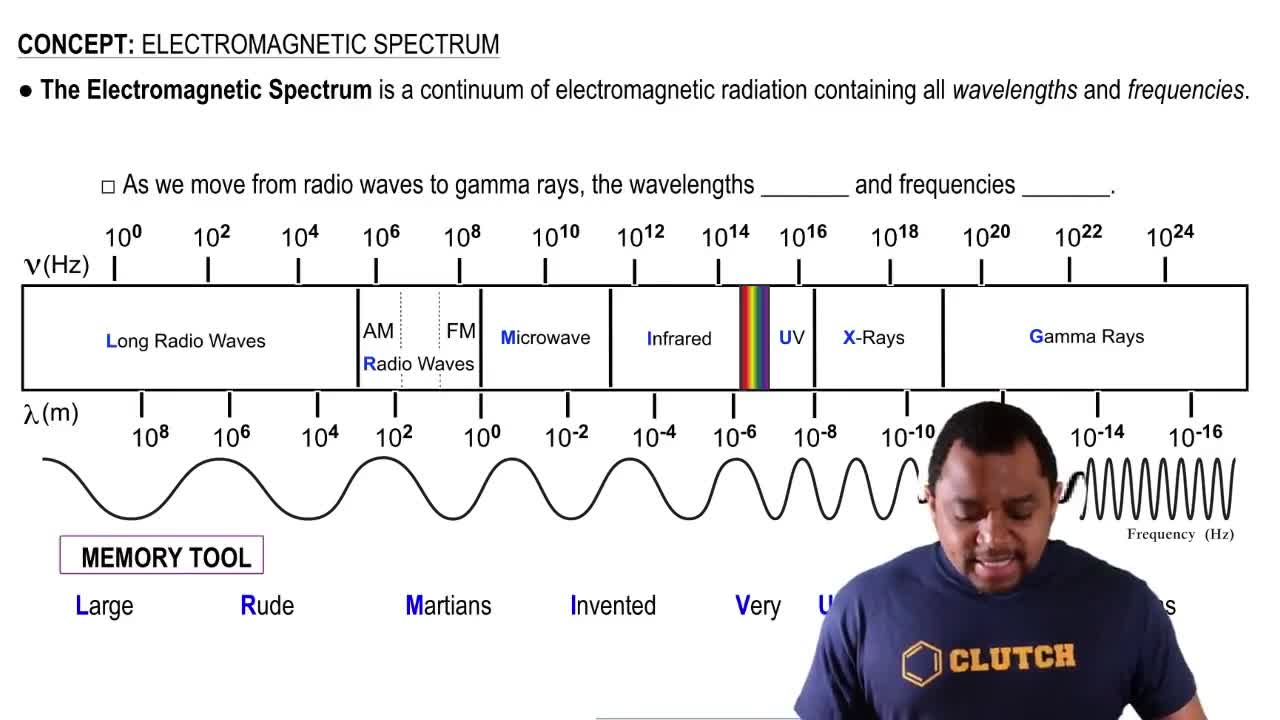Textbook Question
The Ti2 + ion is isoelectronic with the Ca atom. (b) Calculate the number of unpaired electrons for Ca and for Ti2+.
 Verified step by step guidance
Verified step by step guidance



The Ti2 + ion is isoelectronic with the Ca atom. (b) Calculate the number of unpaired electrons for Ca and for Ti2+.
The Ti2+ ion is isoelectronic with the Ca atom. (c) What charge would Ti have to be isoelectronic with Ca2+ ?
Consider the molecule C4H5N, which has the connectivity shown below. (a) After the Lewis structure for the molecule is completed, how many s and how many p bonds are there in this molecule?
The electron affinity of oxygen is -141 kJ/mol, corresponding to the reaction O(g) + e- → O-(g). The lattice energy of K2O(s) is 2238 kJ/mol. Use these data along with data in Appendix C and Figure 7.10 to calculate the 'second electron affinity' of oxygen, corresponding to the reaction O-(g) + e- → O2-(g)